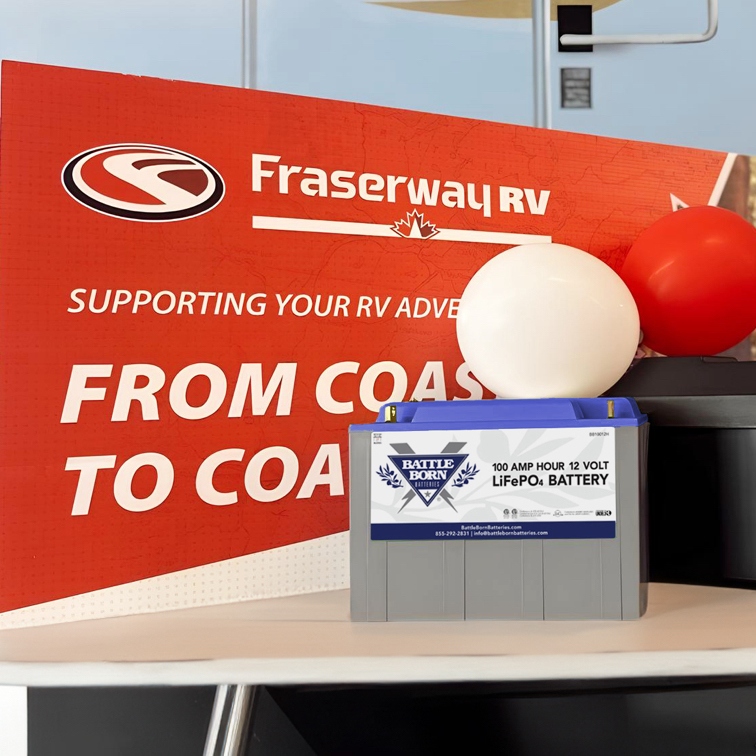In the footsteps of coal miners
Before gasoline and diesel became common fuels for transportation, coal was the king
For decades we had driven past Bellevue during our journeys along Highway 3 in southwestern Alberta. Although we saw the advertisement for the Bellevue Mine, we didn’t take the time to pull off the highway and visit this unique and fascinating site.
We discovered what we had been missing, when we recently took the time to go on the tour.
Before beginning our tour, we were issued a hard hat, a battery pack and a helmet light. This gave us an impression of what it would have been like to be a miner working there between 1903 and 1961. When we entered the mine, we were told we would be walking in the footsteps of miners who had worked for the West Canadian Colliers. We were glad that we had paid attention to the instructions and had dressed warmly (the temperature in the mine was only 45 °F), and worn good footwear, as the path was uneven and wet in places.
While we travelled almost 300 metres into the mine, our knowledgeable guide regaled us with information on its history—and also pointed out the method of shoring that was used, the purpose of a coal chute, the geology of the mine faces and the myriad artifacts along the pathway and the entrance chamber.
The part we found the most fascinating was when we reached the deepest point on the mine tour and our guide instructed us to turn out our helmet lights so we could experience what it would have been like working with the light of only one lamp. Then he turned off his own helmet light to show us how dark it could be in a coal mine—remember, we were only in 300 metres.
When we returned to the surface we took the time to explore some of the mining equipment on display, as well as the numerous artifacts in the main building.
Next time you are driving through the Crowsnest Pass, take the time to drop into the town of Bellevue and take a guided tour of the Bellevue Mine. If you’re like us, you will come away with a new respect for the men who toiled for the coal and a better understanding of the danger and severe working conditions they existed in.






